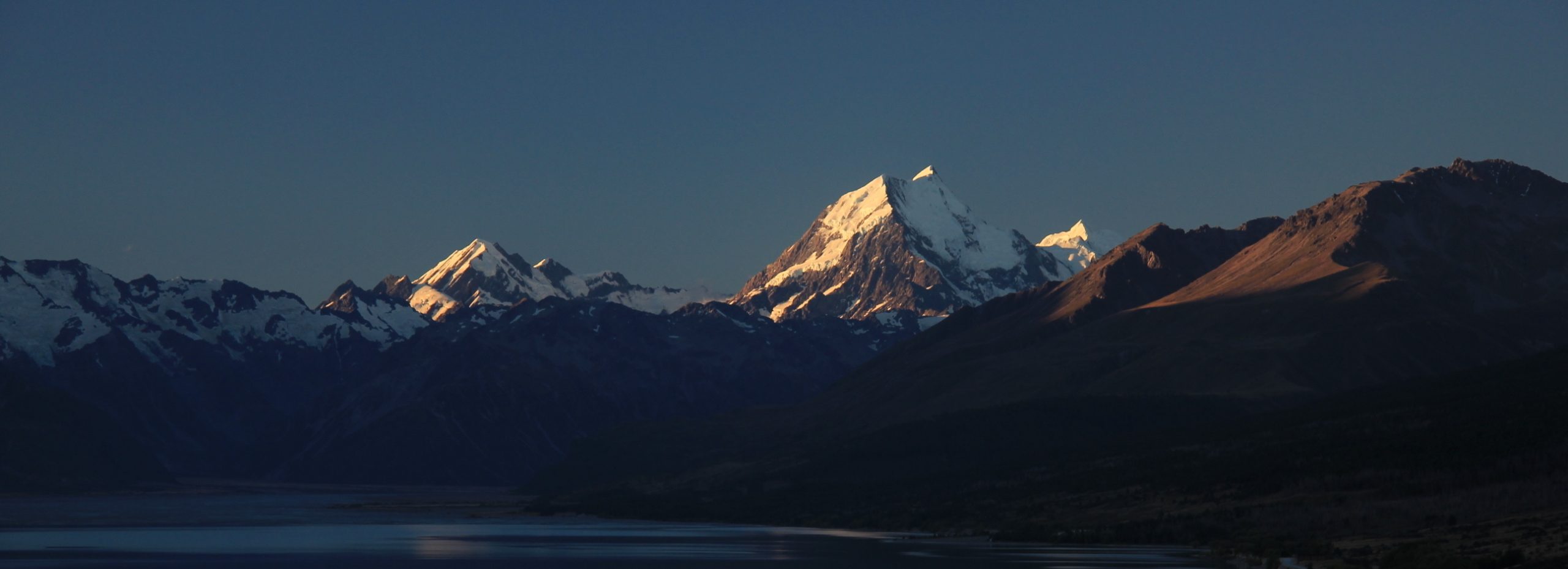Welcome…
David Wallace-Wells once again writes an important piece in the NYT illustrating some of the current uses of AI in warfare. An excerpt:
“The more abstract questions raised by the prospect of A.I. warfare are unsettling on the matters of not just machine error but also ultimate responsibility: Who is accountable for an attack or a campaign conducted with little or no human input or oversight? But while one nightmare about military A.I. is that it is given control of decision making, another is that it helps armies become simply more efficient about the decisions being made already. And as Abraham describes it, Lavender is not wreaking havoc in Gaza on its own misfiring accord. Instead it is being used to weigh likely military value against collateral damage in very particular ways — less like a black box oracle of military judgment or a black hole of moral responsibility and more like the revealed design of the war aims of the Israel Defense Forces.”
More good work from Dave Leonhardt and Ashley Wu in March 11th’s NYT’s The Morning:

“To this day, more than 30 percent of self-identified Republicans have not received a Covid vaccine shot, compared with less than 10 percent of Democrats…
While many liberals exaggerated the value of pandemic restrictions, they were right about the vaccines. After vaccines became available, a huge partisan gap in Covid deaths opened. Even today, when most Americans have had the virus and have some natural immunity as a result, unvaccinated people are at much more risk. Consider that about 95 percent of recent Covid-related hospitalizations in the U.S. have occurred among people who had not received an updated vaccine.”
Recommended:
• Liz Cheney writes in the NYT about why the Supreme Court should rule quickly on DJT’s immunity claim. The most trenchant quote from that piece:
“It cannot be that a president of the United States can attempt to steal an election and seize power but our justice system is incapable of bringing him to trial before the next election four years later.”
I agree.
• Kristen Panthagani MD, PhD as usual writes quite effectively in Katelyn Jetelina’s Your Local Epidemiologist Substack space on the dramatic benefits of the modern world (including vaccines) on pediatric mortality. An excerpt, and illustrative graphs:
“Deaths from infectious diseases have plummeted with the discovery of bacteria and viruses, improved sanitation, pasteurization, the discovery of antibiotics, and the development of vaccines. Childhood mortality dropped astronomically, and life expectancy in grew by three decades in the twentieth century alone. The most dramatic increases are among children under 5 years old.”






• Another good piece from David Wallace-Wells in the NYT: Who ‘Won’ Covid? It Depends How You Measure. An excerpt:
“In the end, everyone got it, and probably the most important factor shaping national death totals was how many people were vaccinated before their first infection and how many weren’t. The United States could’ve done much better on that test, given that more Americans have died of Covid since the vaccines were made available to anyone who wanted them than had died to that point. But by some estimates, those vaccines also saved more than three million American lives.”



Credit: Getty Images
Let’s just say it’s not all rosy in Web3’s not-so-meta world; caveat emptor…


















